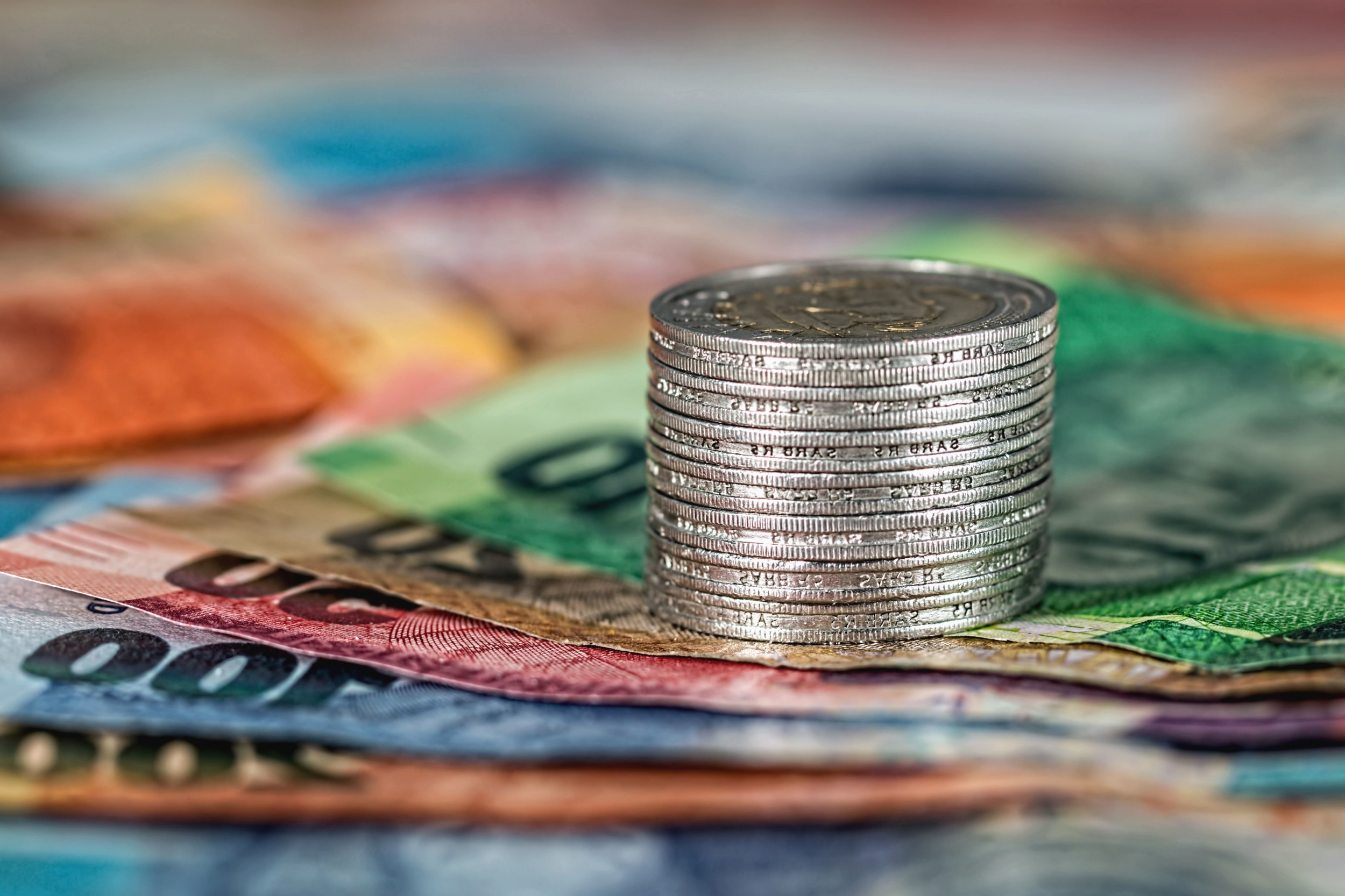A share buyback is the operation whereby a company buys shares of its own stock on the market, usually with the idea of amortizing them. The amount invested in the purchase is recorded with a negative sign in the company’s balance sheet, subtracting it from shareholders’ equity.
This practice, which has been very common in the US since the mid-1980s, has spread throughout the world. In Spain, the volume of share redemptions in 2021 reached €3.3 bn ($3.2 bn), according to data from the Madrid Stock Exchange. According to the same source, in the first half of 2022 alone this amount has doubled to €7.6 bn.
 Companies talk about the purchase and redemption of treasury stock as a form of shareholder remuneration, although there are some significant differences compared with traditional dividends.
Companies talk about the purchase and redemption of treasury stock as a form of shareholder remuneration, although there are some significant differences compared with traditional dividends.
Dividends have the advantage that shareholders receive money in cash and can use it for whatever purpose they prefer. For the company, they represent a significant cash outflow in a single day, which automatically reduces the value of the company. On dividend payment days, the opening price of the share price is that of the previous day’s closing price minus the amount of the dividend per share paid. One advantage of dividends is that they are paid on a fixed, pre-announced date and are easier to follow than buyback programs that are spread over months.
In the so-called ‘script dividend’, shareholders receive newly issued shares in the company or can sell the rights to which they are entitled in the market or to the company itself.
The amount received in dividends, as it is considered a return on capital, is taxed in the savings tax base. In the repurchase and amortization of shares, shareholders don’t receive anything so logically do not pay tax, as it cannot be considered as remuneration.
Market messages
Share buybacks often send a positive message to the market, indicating that the company considers its shares to be cheap. The purchase and redemption of shares is more advantageous for the company than for shareholders. On the one hand, the cash outflow from share buybacks occurs gradually over several months, with less strain on the company’s cash flow. On the other hand, continuous share buybacks allow the company to ‘defend’ or support the share price in the market in times of weakness.
Another benefit to the company is that its shares may become more attractive. By redeeming shares and reducing their total number, EPS increases and therefore all multiples per share decrease, making the stock ‘cosmetically’ cheaper in terms of multiples. But the increase in EPS is not due to the increase in profit, which remains the same – it is simply divided by a smaller number of shares.
 Although the stock may look cheap, the share price is not going to respond upwards if the fundamentals and outlook for the business are not good. European telephone companies and banks can attest to how purchases of treasury shares have not prevented the continuous decline in share prices over the last 10 years. Their possible positive impact on share price is a future benefit that may never occur.
Although the stock may look cheap, the share price is not going to respond upwards if the fundamentals and outlook for the business are not good. European telephone companies and banks can attest to how purchases of treasury shares have not prevented the continuous decline in share prices over the last 10 years. Their possible positive impact on share price is a future benefit that may never occur.
The so-called ‘controlling shareholders’ of companies, where they exist, are the biggest beneficiaries of these buyback and redemption programs. To the extent that the number of shares they own remains the same, the reduction in the total number of company shares allows them to increase their percentage shareholding in the company without the need to invest more of their own money. This increased shareholding may be important in future merger operations with other companies. In companies with significant controlling shareholders, the limit on the purchase of treasury stock should be set on the so-called free float and not on the total capital. It should not be forgotten that continuous buyback and redemption programs reduce the liquidity and free float of companies.
Executive compensation conflict
A common criticism is that buyback programs may be more beneficial to executives than to the company. The criticism arises from the possibility that executive compensation may include a significant share-based compensation package, the value of which benefits if the company itself is buying back shares. To avoid this type of possible distortion and conflict of interest, it would be desirable to prohibit the purchase of company shares in the months prior to the expiration of remuneration programs linked to the share price. Another possibility would be to prohibit the sale of management share packages in the months following the end of buyback programs.
This difference between executives’ short-term interest and the company’s long-term interest is reflected in the fact that the money invested in shares is not being used to invest in developing the company’s future strategy and business. In the US, a 1 percent tax on treasury stock purchases has just been approved with the aim of encouraging industrial investment by companies.
 For IR departments, explaining the value of share buybacks is always an opportunity to explain confidence in the future value of the company and the factors that justify it.
For IR departments, explaining the value of share buybacks is always an opportunity to explain confidence in the future value of the company and the factors that justify it.
The share buyback replaces cash now with higher ‘expected’ future cash flows. If the current valuation is low because of an incorrect estimate of future cash generation, current shareholders will benefit because the repurchase allows them to increase their percentage of the company’s equity.
There is also a risk that IR professionals will lose credibility and investors’ confidence if these factors do not crystallize over time. The company’s own story should never be overbought and a good dose of realism should be maintained.
In terms of remuneration, it pays to be a traditional investor. Cash should be received as soon as possible – and the more the better.
Ricardo Jiménez is an IR strategic adviser and commentator and was the award-winning director of IR at Ferrovial from its IPO in 1999 to 2020










